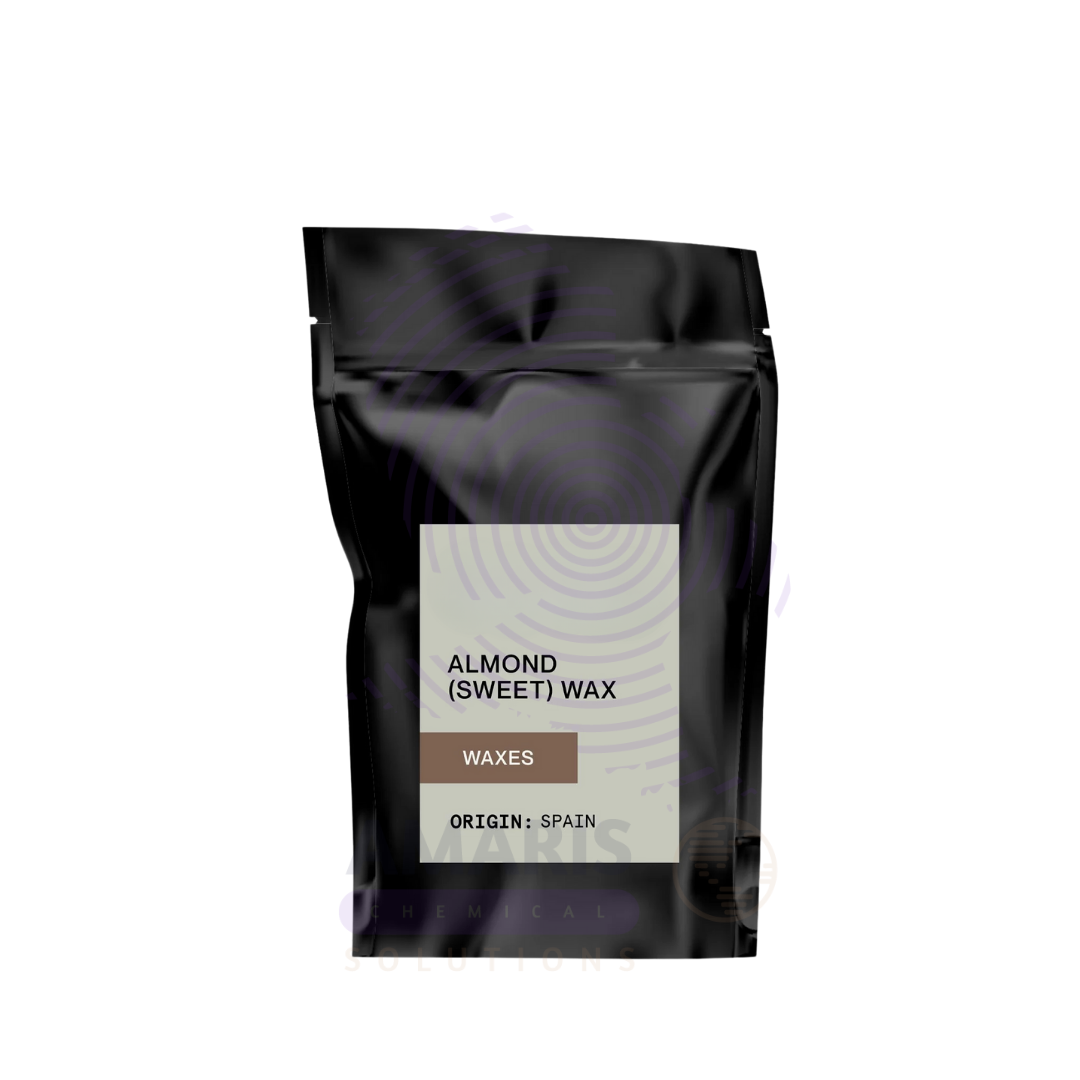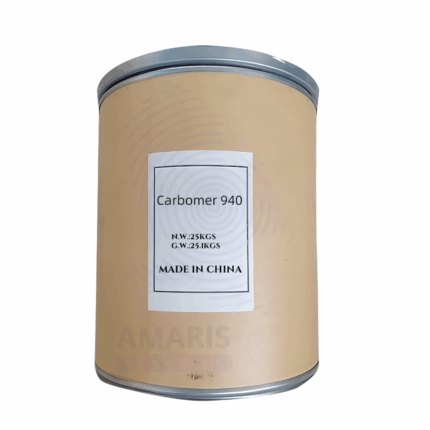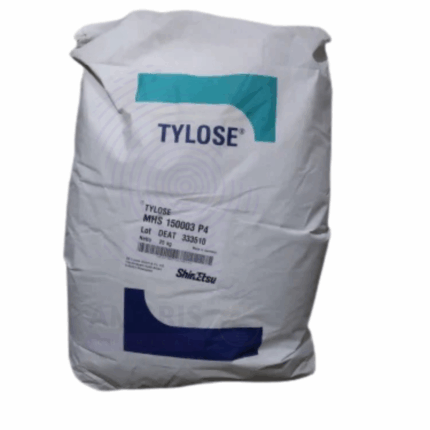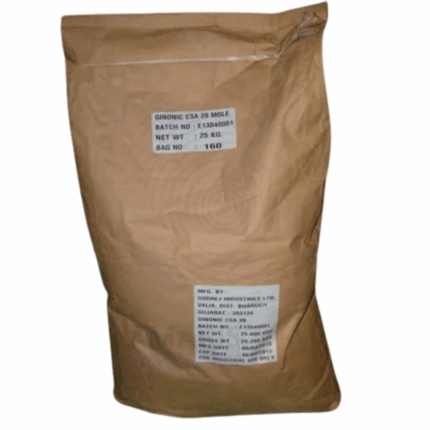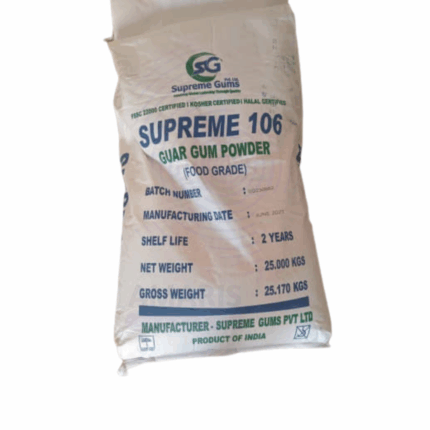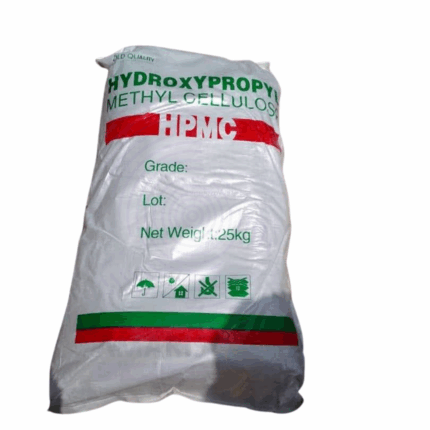“Fully Refined Paraffin Wax” has been added to your cart. View cart
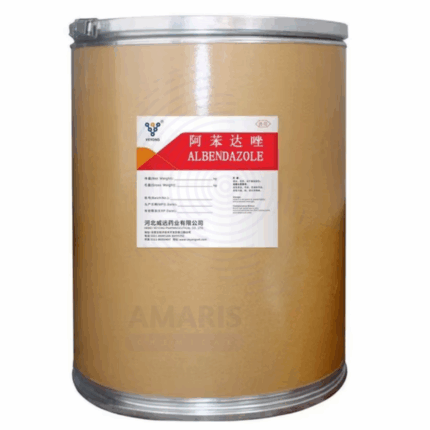
Albendazole Raw Material
$ 5.00 Original price was: $ 5.00.$ 4.58Current price is: $ 4.58.
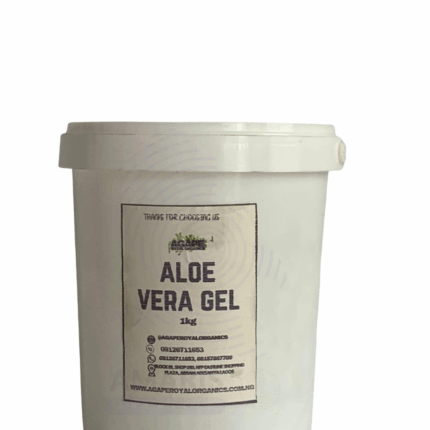
Aloe Vera Gel
$ 14.00 Original price was: $ 14.00.$ 13.55Current price is: $ 13.55.
Almond Wax
$ 6.00 Original price was: $ 6.00.$ 5.80Current price is: $ 5.80.
Whatsapp Order
Almond Wax is a plant-based wax derived from almond oil, typically used in cosmetics and skincare products. It is known for its emollient (moisturizing) properties, helping to soften and smooth the skin. Almond wax is rich in fatty acids and vitamin E, making it suitable for sensitive or dry skin. It is often used as a natural alternative to synthetic waxes in formulations like lip balms, creams, and lotions. Additionally, it provides a smooth texture and helps to stabilize emulsions in skincare products.
Category: Emollients
Tags: Almond Wax, Candle making, Cosmetic formulations, Organic personal care, Skin care products
Description
Table of Contents
Toggle
Almond Wax
Primary Uses
- Cosmetics & Skincare
- Emollient & Moisturizer: Used in lip balms, creams, and lotions for its softening properties.
- Natural Thickener: Adds texture to solid perfumes, deodorants, and makeup (e.g., mascara, brow pomades).
- Vegan Alternative: Replaces beeswax in clean beauty formulations.
- Haircare Products
- Provides hold and shine in hair waxes, pomades, and styling balms.
- Conditions hair while reducing frizz.
- Candlemaking
- Blended with other waxes (soy, coconut) for softer, slow-burning candles.
- Adds a subtle nutty aroma (unrefined versions).
Secondary Uses
- Pharmaceuticals
- Used as a binding agent in ointments and salves.
- Food Industry (Limited)
- Occasionally used as a coating for nuts/fruits to preserve freshness (food-grade only).
- Leather & Wood Polish
- Adds a protective, glossy finish to leather goods and furniture.
- Art & Craft Supplies
- Incorporated into encaustic painting (mixed with pigments).
Additional information
| PACK SIZE |
5kg |
|---|
KEY PRODUCT ATTRIBUTES
1. Basic Identification Attributes
- Chemical Name: Prunus amygdalus dulcis (Sweet Almond) wax
- CAS Number: 68917-72-2 (for almond wax) / 8007-69-0 (almond oil)
- HS Code: 1521.90 (Other vegetable waxes)
- Molecular Formula: Complex mixture (primarily fatty acid esters, C40–C60)
- Synonyms:
- Almond peel wax
- Sweet almond wax
- Vegetable wax (almond-derived)
2. Physical & Chemical Properties
- Physical State: Solid flakes or pastilles (soft at room temperature)
- Color & Odor: Off-white to pale yellow; mild nutty aroma
- Melting Point: 45–55°C (softer than beeswax)
- Boiling Point: Decomposes before boiling
- Density: ~0.95–0.98 g/cm³
- Solubility:
- Insoluble in water
- Soluble in oils, chloroform, and hot ethanol
- Acid Value: 5–20 mg KOH/g
- Saponification Value: 80–120 mg KOH/g
- Viscosity: Low melt viscosity (~200–400 cP at 70°C)
3. Safety & Hazard Attributes
- Hazard Class: Non-hazardous (GHS: Not classified)
- NFPA Ratings: Health (0), Flammability (1), Reactivity (0)
- Exposure Limits: No OSHA PEL/ACGIH TLV (food-grade safe)
- Reactivity: Stable; avoid strong oxidizers
- Allergen Potential: Low (but may contain trace proteins; almond allergy warning)
4. Storage & Handling Attributes
- Storage Conditions:
- Cool (<25°C), dry, away from light
- Airtight containers to prevent oxidation
- Incompatible Materials: Strong acids/bases
- Container Type: Food-grade HDPE or glass
- Shelf Life: 2–3 years (unopened)
- Special Handling:
- Melt using gentle heat (<80°C to avoid degradation)
- Standard food-grade PPE (gloves if handling hot wax)
5. Regulatory & Compliance Attributes
- Regulatory Status:
- FDA: 21 CFR 184.1979 (GRAS as a coating agent)
- EU: Compliant with EC/1223/2009 (Cosmetic Regulation)
- COSMOS: Certified for organic cosmetics
- Hazard Symbols: None
- Transportation Restrictions: Non-hazardous (no UN number)
- Waste Disposal: Compostable/biodegradable
6. Environmental & Health Impact
- Ecotoxicity: Low (LD50 > 2000 mg/kg oral, rat)
- Persistence: Readily biodegradable (>60% in 28 days, OECD 301B)
- Carcinogenicity: Not listed by IARC/NTP
- Biodegradability: High (plant-derived esters hydrolyze naturally)
SAFETY HANDLING PRECAUTIONS
Safety precautions
Personal Protective Equipment (PPE)
- Skin Protection: Use gloves (nitrile or latex) to prevent prolonged skin contact, which may cause mild irritation in sensitive individuals.
- Eye Protection: Wear safety goggles when melting or handling hot wax to prevent splashes.
- Respiratory Protection: A dust mask is recommended if handling powdered wax to avoid inhalation.
Handling & Storage
- Storage: Keep in a cool, dry place, away from direct sunlight and heat sources.
- Melting Precautions:
- Use a double boiler or controlled heating to avoid overheating (flammable at high temperatures).
- Avoid open flames—use electric heaters instead.
- Avoid Contamination: Use clean, dry utensils to prevent microbial growth.
Spill Management
- Solid Wax: Scoop up with a clean tool and reuse if uncontaminated.
- Melted Wax Spills:
- Allow to solidify, then scrape up.
- Use paper towels and warm, soapy water for residue.
First Aid Measures
Skin Contact
- Hot Wax Burns:
- Immediately cool with cold running water for 10–15 minutes.
- Do not peel off wax—let it cool and remove gently.
- Apply aloe vera gel or a burn ointment.
- Seek medical help if severe.
- Cold Wax Contact: Wash with soap and water if irritation occurs.
Eye Contact
- Melted Wax Splash:
- Rinse immediately with lukewarm water (not hot) for at least 15 minutes.
- Hold eyelids open to ensure thorough flushing.
- Seek medical attention if irritation persists.
Inhalation
- If wax dust is inhaled, move to fresh air.
- If respiratory irritation occurs, consult a doctor.
Ingestion
- Almond wax is non-toxic but not food-grade unless specified.
- If swallowed, rinse mouth and drink water.
- Seek medical advice if discomfort occurs.
Firefighting Measures
Flammability
- Almond wax is combustible when melted (flash point ~ 200–250°C / 392–482°F).
- Not highly flammable in solid form.
Extinguishing Media
- Small Fires: Use CO₂, dry chemical powder, or foam.
- Large Fires: Use water spray or fog (avoid strong jets that may spread molten wax).
Firefighting Precautions
- Wear self-contained breathing apparatus (SCBA) if heavy smoke is present.
- Do NOT use water jets on molten wax (may cause splattering).
- Cool nearby containers with water spray to prevent re-ignition.
Related products
Carbomer
Carbomer is a high molecular weight, crosslinked polyacrylic acid polymer used primarily as a rheology modifier, thickening agent, and suspension stabilizer. Supplied as a fluffy white powder, it exhibits high viscosity and excellent clarity when neutralized and dispersed in water or alcohol-water systems. Carbomer 940 is widely valued for its ability to form clear gels, control flow properties, and stabilize emulsions. It is commonly used in cosmetics, personal care, pharmaceuticals, and household formulations due to its consistency, compatibility, and efficient thickening performance at low concentrations.
Cellozize Tylose
Cellozize Tylose, commonly known by the trade name Tylose, is a brand of hydroxyethyl cellulose (HEC), a non-ionic, water-soluble cellulose ether derived from natural cellulose. It appears as a white to off-white powder with excellent thickening, binding, and film-forming properties. Tylose is widely used as a rheology modifier, stabilizer, and thickener in various industries including construction, pharmaceuticals, cosmetics, and food. It provides viscosity control, improves texture, and enhances water retention in formulations. Due to its inert, non-toxic, and biodegradable nature, Tylose is favored as a versatile polymer in many applications.
Cetomacrogel 1000BP
Cetomacrogel 1000BP is a high molecular weight polyethylene glycol (PEG) derivative, typically used as a thickening agent, emulsifier, and stabilizer in pharmaceutical and cosmetic formulations. It appears as a white to off-white, waxy solid or flakes with a neutral odor. Known for its excellent water solubility and compatibility with various ingredients, Cetomacrogel 1000BP enhances texture, viscosity, and stability in creams, ointments, and gels. It serves as a hydrophilic vehicle base in topical and oral pharmaceutical preparations and improves product spreadability and skin feel.
Cetyl Palmitate
Cetyl Palmitate is a naturally derived ester formed by the reaction of cetyl alcohol and palmitic acid. It appears as a white to off-white waxy solid with a mild fatty odor. This compound is widely used in cosmetic, pharmaceutical, and industrial formulations for its emollient, thickening, and texture-enhancing properties. Cetyl Palmitate imparts a smooth, creamy feel to products and contributes to improved stability and consistency in creams, lotions, balms, and ointments. Its film-forming and skin-conditioning attributes make it a preferred ingredient in personal care products as well as in specialty industrial applications.
Cetyl Stearyl Alcohol (CSA)
Cetyl Stearyl Alcohol (CSA), also known as Cetearyl Alcohol, is a blended fatty alcohol consisting primarily of cetyl (C16) and stearyl (C18) alcohols. It appears as white to pale yellow waxy flakes or pellets with a mild fatty odor. CSA is widely used in cosmetics, pharmaceuticals, and personal care products as an emollient, thickener, and co-emulsifier. It enhances texture, improves stability, and provides a smooth, velvety skin feel in formulations. Being a non-ionic surfactant, it also aids in stabilizing oil-in-water emulsions and is favored for its gentle nature on the skin and hair.
Fish Collagen
Fish Collagen is a natural protein derived from the skin, scales, and bones of various fish species through enzymatic hydrolysis or acid extraction. It is predominantly Type I collagen, known for its excellent bioavailability and biocompatibility. Fish Collagen typically appears as a fine white to off-white powder with low odor and high solubility in water and acidic solutions. It is widely prized in cosmetics, nutraceuticals, pharmaceuticals, and food industries due to its superior absorption compared to mammalian collagen, making it highly effective in skin, joint, and bone health applications. Fish Collagen supports the body’s extracellular matrix, promoting skin elasticity, hydration, and tissue repair.
Guar Gum
Guar Gum is a natural polysaccharide extracted from the endosperm of the guar bean (Cyamopsis tetragonoloba). It appears as an off-white to cream-colored powder with a neutral odor and bland taste. Guar Gum is a galactomannan composed mainly of mannose and galactose units, known for its excellent water-binding, thickening, and stabilizing properties. It forms highly viscous solutions even at low concentrations, making it a versatile hydrocolloid used widely across food, pharmaceutical, cosmetic, oilfield, and industrial applications.
Hydroxypropyl Methylcellulose HPMC
Hydroxypropyl Methylcellulose HPMC, also known as hypromellose, is a semi-synthetic, non-ionic cellulose ether derived by chemically modifying cellulose through methylation and hydroxypropylation. It is a white to off-white, odorless, tasteless powder that dissolves in cold water to form clear, viscous solutions. HPMC is renowned for its thickening, film-forming, emulsifying, and controlled-release properties. It is widely used in pharmaceuticals, food, cosmetics, construction, and industrial applications due to its safety profile, versatility, and compatibility with various ingredients.


 Preservatives(food)
Preservatives(food) Flavor Enhancers
Flavor Enhancers Acidulants
Acidulants Sweeteners
Sweeteners Antioxidants
Antioxidants Colorants(food)
Colorants(food) Nutraceutical Ingredients (food)
Nutraceutical Ingredients (food) Nutrient Supplements
Nutrient Supplements Emulsifiers
Emulsifiers
 Collectors
Collectors Dust Suppressants
Dust Suppressants Explosives and Blasting Agents
Explosives and Blasting Agents Flocculants and Coagulants
Flocculants and Coagulants Frothers
Frothers Leaching Agents
Leaching Agents pH Modifiers
pH Modifiers Precious Metal Extraction Agents
Precious Metal Extraction Agents
 Antioxidants(plastic)
Antioxidants(plastic) Colorants (Pigments, Dyes)
Colorants (Pigments, Dyes) Fillers and Reinforcements
Fillers and Reinforcements Flame Retardants
Flame Retardants Monomers
Monomers Plasticizers
Plasticizers Polymerization Initiators
Polymerization Initiators Stabilizers (UV, Heat)
Stabilizers (UV, Heat)
 Antifoaming Agents
Antifoaming Agents Chelating Agents
Chelating Agents Coagulants and Flocculants
Coagulants and Flocculants Corrosion Inhibitors
Corrosion Inhibitors Disinfectants and Biocides
Disinfectants and Biocides Oxidizing Agents
Oxidizing Agents pH Adjusters
pH Adjusters Scale Inhibitors( water)
Scale Inhibitors( water)
 Antioxidants(cosmetic)
Antioxidants(cosmetic) Emollients
Emollients Fragrances and Essential Oils
Fragrances and Essential Oils Humectants
Humectants Preservatives
Preservatives Surfactants(cosmetic)
Surfactants(cosmetic) Thickeners
Thickeners UV Filters
UV Filters
 Fertilizers
Fertilizers Soil Conditioners
Soil Conditioners Plant Growth Regulators
Plant Growth Regulators Animal Feed Additives
Animal Feed Additives Biostimulants
Biostimulants Pesticides (Herbicides, Insecticides, Fungicides)
Pesticides (Herbicides, Insecticides, Fungicides)
 Active Pharmaceutical Ingredients (APIs)
Active Pharmaceutical Ingredients (APIs) Excipients
Excipients Solvents(pharmaceutical)
Solvents(pharmaceutical) Antibiotics
Antibiotics Antiseptics and Disinfectants
Antiseptics and Disinfectants Vaccine Adjuvants
Vaccine Adjuvants Nutraceutical Ingredients (pharmaceutical)
Nutraceutical Ingredients (pharmaceutical) Analgesics & Antipyretics
Analgesics & Antipyretics
 Analytical Reagents
Analytical Reagents Solvents(lab)
Solvents(lab) Chromatography Chemicals
Chromatography Chemicals Spectroscopy Reagents
Spectroscopy Reagents microbiology-and-cell-culture-reagents
microbiology-and-cell-culture-reagents Molecular Biology Reagents
Molecular Biology Reagents Biochemical Reagents
Biochemical Reagents Inorganic and Organic Standards
Inorganic and Organic Standards Laboratory Safety Chemicals
Laboratory Safety Chemicals Specialty Laboratory Chemicals(Special Laboratory Equipment)
Specialty Laboratory Chemicals(Special Laboratory Equipment)
 Demulsifiers
Demulsifiers Hydraulic Fracturing Fluids
Hydraulic Fracturing Fluids Scale Inhibitors(oil)
Scale Inhibitors(oil) Surfactants(oil)
Surfactants(oil) Drilling Fluids
Drilling Fluids
 Dyes and Pigments
Dyes and Pigments Bleaching Agents
Bleaching Agents Softening Agents
Softening Agents Finishing Agents
Finishing Agents Antistatic Agents
Antistatic Agents
 Admixtures
Admixtures Waterproofing Agents
Waterproofing Agents Sealants and Adhesives
Sealants and Adhesives Curing Compounds
Curing Compounds Concrete Repair Chemicals
Concrete Repair Chemicals Anti-Corrosion Coatings
Anti-Corrosion Coatings
 Surfactants(cleaning)
Surfactants(cleaning) Builders
Builders Enzymes
Enzymes Solvents (Cleaning)
Solvents (Cleaning) Fragrances
Fragrances
 Electronic Chemicals
Electronic Chemicals Catalysts
Catalysts Lubricants
Lubricants Photographic Chemicals
Photographic Chemicals Refrigerants
Refrigerants Automotive chemicals
Automotive chemicals Pyrotechnic Chemicals
Pyrotechnic Chemicals
 Biodegradable Surfactants
Biodegradable Surfactants Bio-based Solvents
Bio-based Solvents Renewable Polymers
Renewable Polymers Carbon Capture Chemicals
Carbon Capture Chemicals Wastewater Treatment Chemicals
Wastewater Treatment Chemicals
 Pigments
Pigments Solvents(paint)
Solvents(paint) Specialty Coatings
Specialty Coatings Binders/Resins
Binders/Resins Additives
Additives Driers
Driers Anti-Corrosion Agents
Anti-Corrosion Agents Functional Coatings
Functional Coatings Application-Specific Coatings
Application-Specific Coatings
 Fresh Herbs
Fresh Herbs Ground Spices
Ground Spices Whole Spices
Whole Spices Spice Blends
Spice Blends Dried Herbs
Dried Herbs
 Leavening Agents
Leavening Agents Dough Conditioners
Dough Conditioners Flour Treatments
Flour Treatments Fat Replacers
Fat Replacers Decoratives
Decoratives Preservatives(baking)
Preservatives(baking)
 Plasticizers & Softeners
Plasticizers & Softeners Reinforcing Agents
Reinforcing Agents Adhesion Promoters
Adhesion Promoters Vulcanizing Agents
Vulcanizing Agents Antidegradants
Antidegradants Blowing Agents
Blowing Agents Fillers & Extenders
Fillers & Extenders Accelerators & Retarders
Accelerators & Retarders